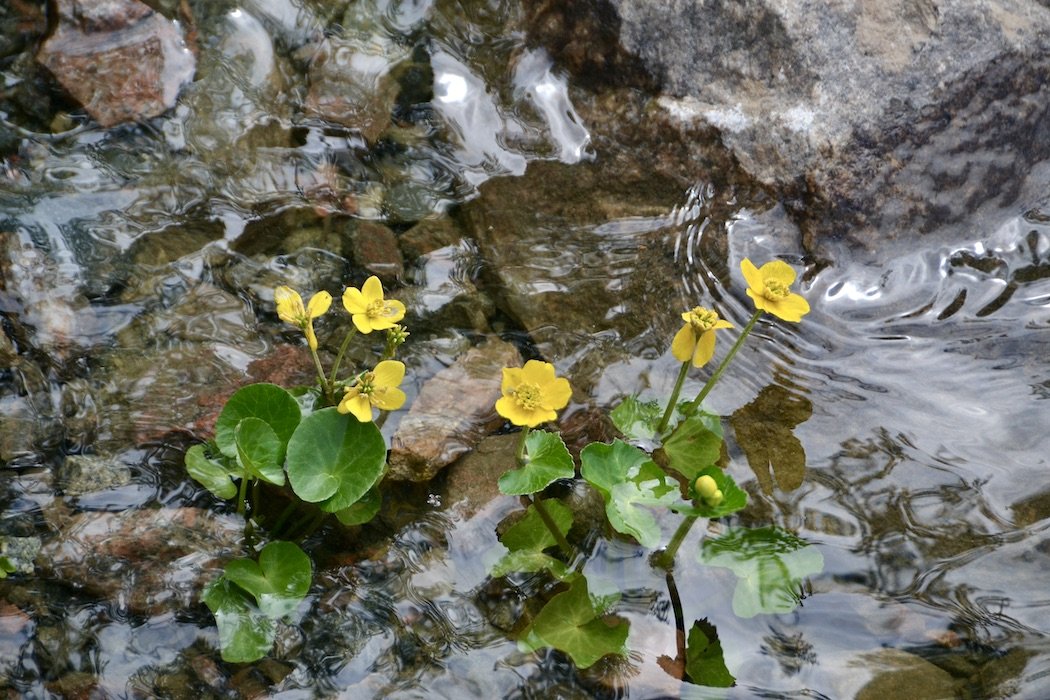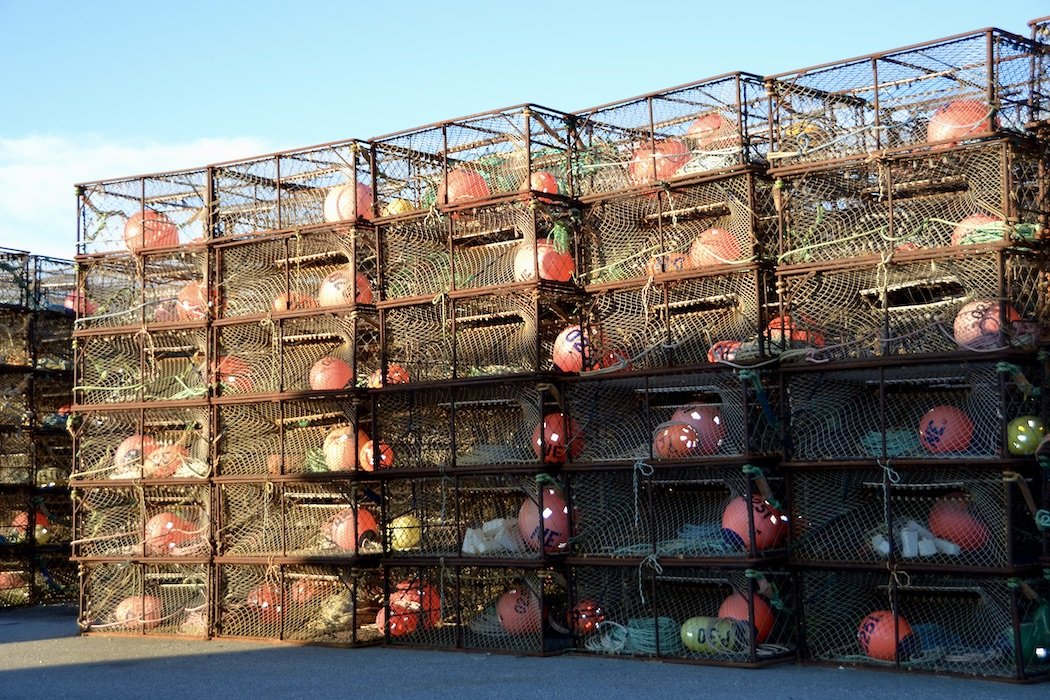In the Borderlands at Kirkenes
View of Kirkenes from the water
“Human dignity is independent of national borders…” — Kjell Magne Bondevik
Located at 69° North, the town of Kirkenes in the Norwegian Finnmark lies 400 km (250 miles) above the Arctic Circle, yet it isn’t quite the northernmost town in Norway. At 30° East, it also isn’t quite the easternmost town in Norway. Yet its position at the mouth of the Pasvikelva River means the municipality shares a border with Russia as well as with Finland. Kirkenes is located further east than Saint Petersburg and also to the east of Finland, unlike the rest of Norway. Though the fewest of visitors to Norway venture so far north, this is the land of the midnight sun in summer and the aurora borealis in winter, and it is well worth exploring.
This area has always been a borderland, a place where the Russian forests meet the Norwegian fjords, and a place of trade and cultural exchange between people of different ethnic, cultural, and religious backgrounds. The indigenous Sami people have long roamed the remote and frozen territory that now encompasses the three countries with their reindeer herds and huskies, fishing and trapping for their livelihoods. They continue to live in traditional ways with a very modest lifestyle and a close relation to nature on both sides of the border that was drawn in 1826.
Nowadays, the border crossing is southeast of town, and walking or sailing across the border at the river remains illegal in both countries. But border crossings at the designated checkpoints have multiplied since a treaty was signed in 2010 and trade is brisk for both businesses and individuals. (*Note: cross-border exchanges of all sorts have been seriously disrupted, and some halted since February 2022). Other oddities particular to this part of Europe include a 1 to 2- hour time difference on the other side of the border, depending on the season, as well as the street and shop signs in Kirkenes that are written in both Norwegian and Russian.
A community of fewer than 50 people lived and survived from coastal fishing of coldwater fish like cod, haddock, and halibut, as well as hunting and trapping when Kirkenes became a town in 1862. Herring has played a significant role here since at least the 8th century, and cod has been king in these Barents Sea waters, where they can be fished almost year-round and they grow large and heavy, since the days when the Vikings took dried cod with them on their long journeys.
Settlers built a small wooden church on the Piselvnes peninsula where it meets the Bjøkfjord, and later the site was named Kirkenes, meaning church at the headland, and giving the town its new name. Kirkenes’ growth coincided with the establishment of a mining company in 1903, which for many years provided the main industry and employment. Today, year-round travelers embarking and disembarking from traditional coastal supply ships, which now also allow some cruise passengers, king crab fishing during the winter months, and cross-border shoppers have eclipsed mining as the mainstays of the local economy in this town of 3500 residents in the borderlands.
Don’t miss:
An unforgettable boat ride on the Pasvikelva River to the Russian border.
Serendipity:
Locals along the way- Having a heartwarming conversation with the riverboat captain about life in the borderlands, that went deeper than his regular guide banter.
Bedtime:
The modern Thon Hotel in a stunning location right on the banks of the Bøkfjord, and excellent food.
Subscribe for inspiration to have my posts drop directly into your inbox. *If you enjoyed what you read, please share this post with like-minded travelers.*
*All photographs are mine, taken with my Nikon D3100 or iPhone 8.*








